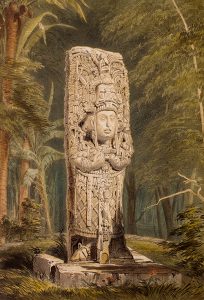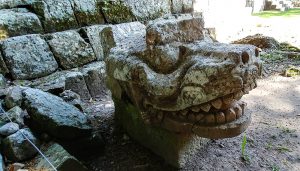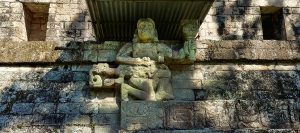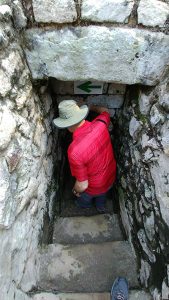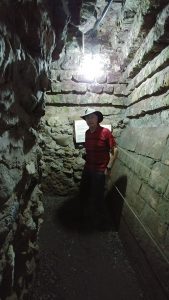COPAN
The first report of Mayan ruins in the Copan Valley of Honduras dates as far back as 1570. In the first half the 19th century the area was visited by a French explorer, Jean-Frederic Waldeck and again in 1834 by the Governor of Peten, Colonel Juan Carlos Galindo whose report of the ruins was to lead John Lloyd Stephens and Frederick Catherwood to Copan during their 1839-40 travels.
Stephens and Catherwood landed on the coast of British Honduras and set out for Copan, a two-week trip by mule through dense jungle over primitive tracks. Arriving in the Copan Valley, Stephens was first hindered from exploring the Copan ruins by a uncooperative land owner. Stephens solved this problem by buying the ruins for $50. He and Catherwood spent two weeks here, Stephens documenting, and Catherwood drawing the ruins. With the 1841publication of Incidents of Travel in Central America, Chiapas and Yucatán, the ancient Mayan city of Copan received worldwide attention.
The Copan Museum

The Museum entrance is through a long tunnel which simulates entering the museum through the mouth of the mythical snake that leads to the Mayan underworld.
Acknowledgments
Dr. Heather Teague, Anthropologist, our tour leader, guide and teacher. This unpretentious lady did her best to insure our trip was a success. Her positive attitude, subject knowledge, personal charm made our time with her a delight. I can only describe her job of keeping up with the nine of us as akin to herding nine cats on a flat-bed trailer. This she did with unfailing good spirits. We thank her for our time together.
Dr. Ed Barnhart, Archaeologist and founder of the Maya Exploration Center (MEC) in Austin Texas. The MEC tour program is a result of his vision and leadership, and is an important source of funding for further Mayan archaeological research. For anyone interested in Mayan history, his Great Courses lectures are an excellent introduction to Mayan archaeology, and the tours offered by MEC are a bucket-list means to experience this ancient culture first hand. It is an adventure not to be missed.



